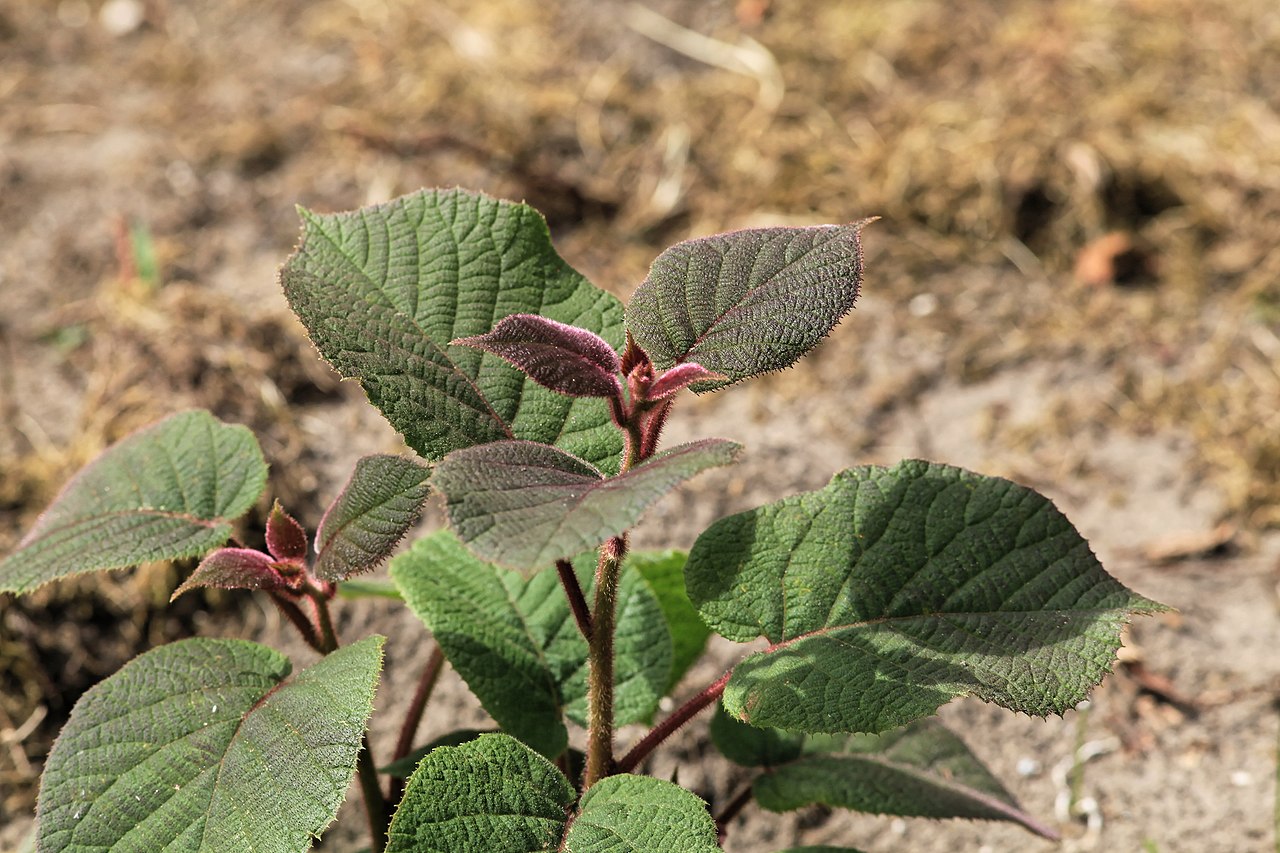
Image - Wikimedia / Frank Vincentz
All the actinidia They are a genus of plants of great ornamental and, especially, agricultural interest. They can grow as small trees or as climbers, producing very pretty, good-sized flowers. In addition, its fruits are, in most species, edible, having an acid taste but without being unpleasant.
In case this seems little to you, its cultivation in temperate regions is simple; not surprisingly, they are native to areas where landscapes are covered with snow during winter.
Origin and characteristics of Actinidia
Actinidia are small trees or climbers native to the temperate regions of eastern Asia, reaching as far as south eastern Siberia and as far south as Indochina. Due to this, they are able to withstand both cold and moderate frosts without problems. In addition, they do not usually exceed 6 meters in height, which is why they are grown interchangeably in pots and in the ground.
If we talk about its leaves, these are simple, with the margin toothed and petiolate. The flowers are white, and can be solitary or grouped in inflorescences called corymbs. The fruits are large berries with small, black seeds.
Main species
The genus is made up of 75 accepted species of the 121 that are described. However, the best known and most popular are four:
Actinidia arguta
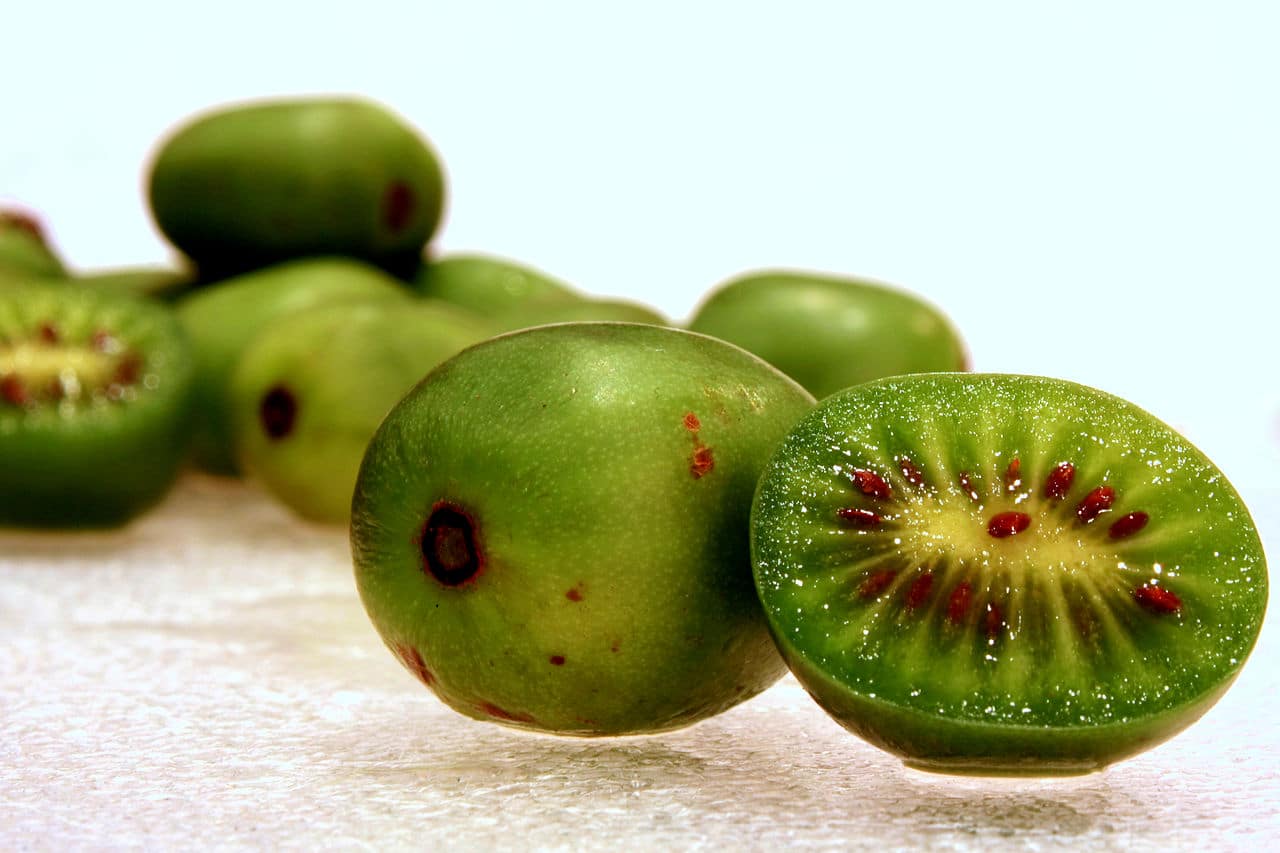
Image - Wikimedia / Hyperpinguino
La Actinidia arguta is a species of climber known as hardy kiwi or kiwifruit native to Japan, Korea, northern China and eastern Russia. It can reach 6 meters in height, and its leaves are deciduous.
Its flowers are dioecious, having therefore female plants and male plants. Its fruits are oval berries with smooth skin and smaller than the common kiwi. These are edible, and can be eaten whole.
actinidia chinensis
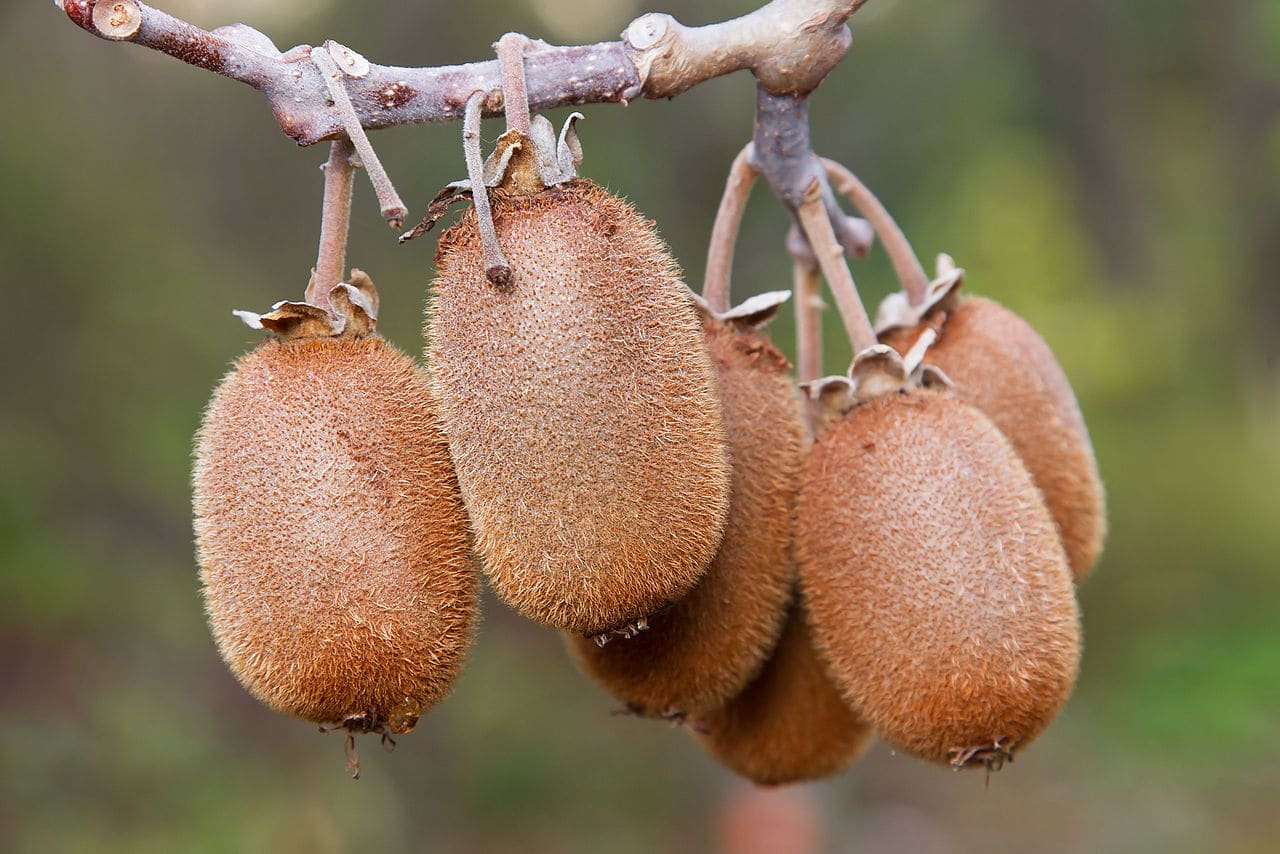
Image - Wikimedia / JJ Harrison
La actinidia chinensis It is a deciduous and fruit tree native to China, specifically in the northern valley of the Yangtze River. It grows between 6 and 9 meters, especially on slopes and ravines with altitudes between 200 and 2300 meters above sea level.
It is dioecious, that is, the female and male flowers are on different feet. These are yellowish in color. The fruits are oval berries.
Acquire seeds here.
Delicious actinidia
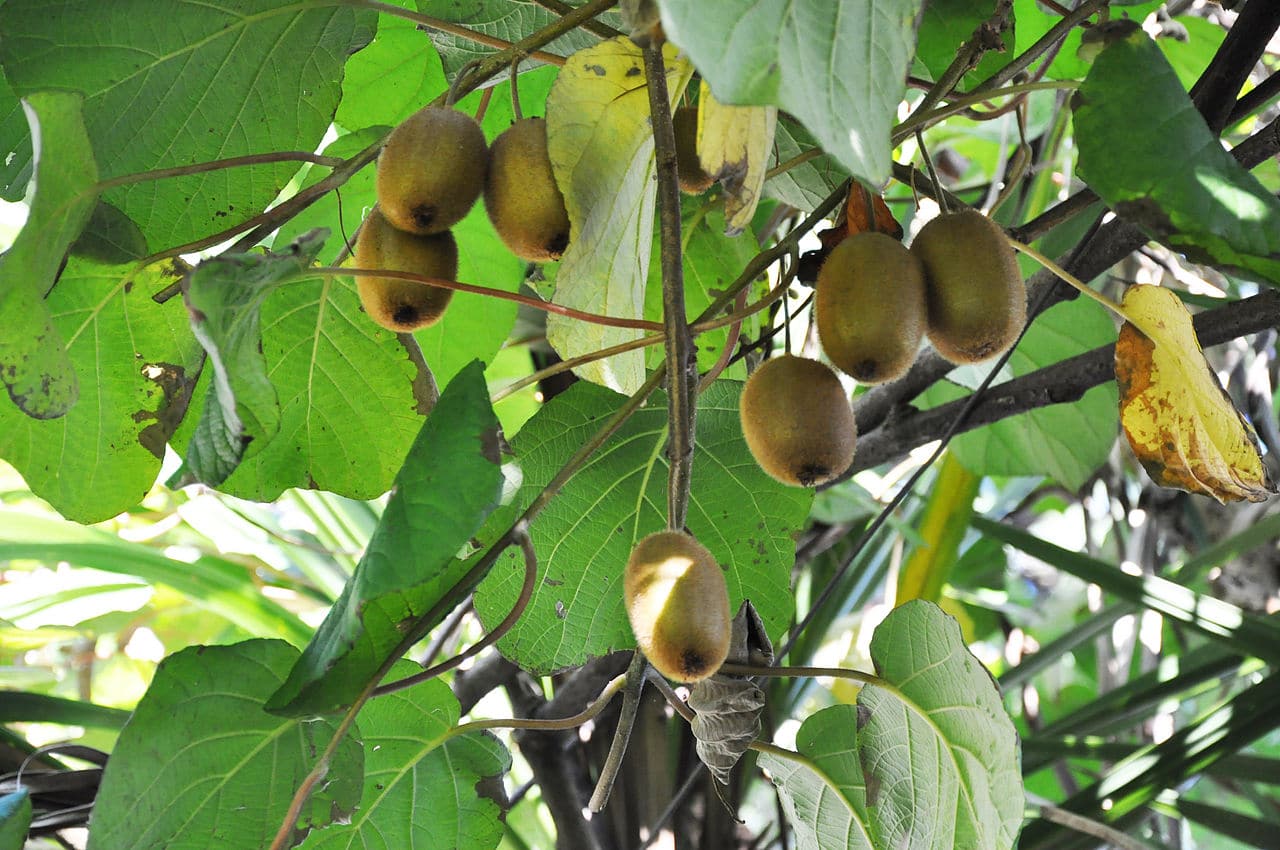
Image - Wikimedia / Lazaregagnidze
La Delicious actinidia It is a deciduous climbing plant popularly known as kiwi, kivi or actinidia. It is native to China, found mainly in the forests that are watered by the waters of the Yangtze River. It can reach a height of 9 meters, although the normal thing is that it does not exceed 5-6 meters.
It is a dioecious species, that is, the female and male flowers are on different plants. The fruits are oval berries about 6 centimeters long, with green pulp which is edible, with a subacid to quite acid flavor. The skin can cause allergic reactions in sensitive people.
Do you want seeds? Do not miss them.
Actinidia kolomikta
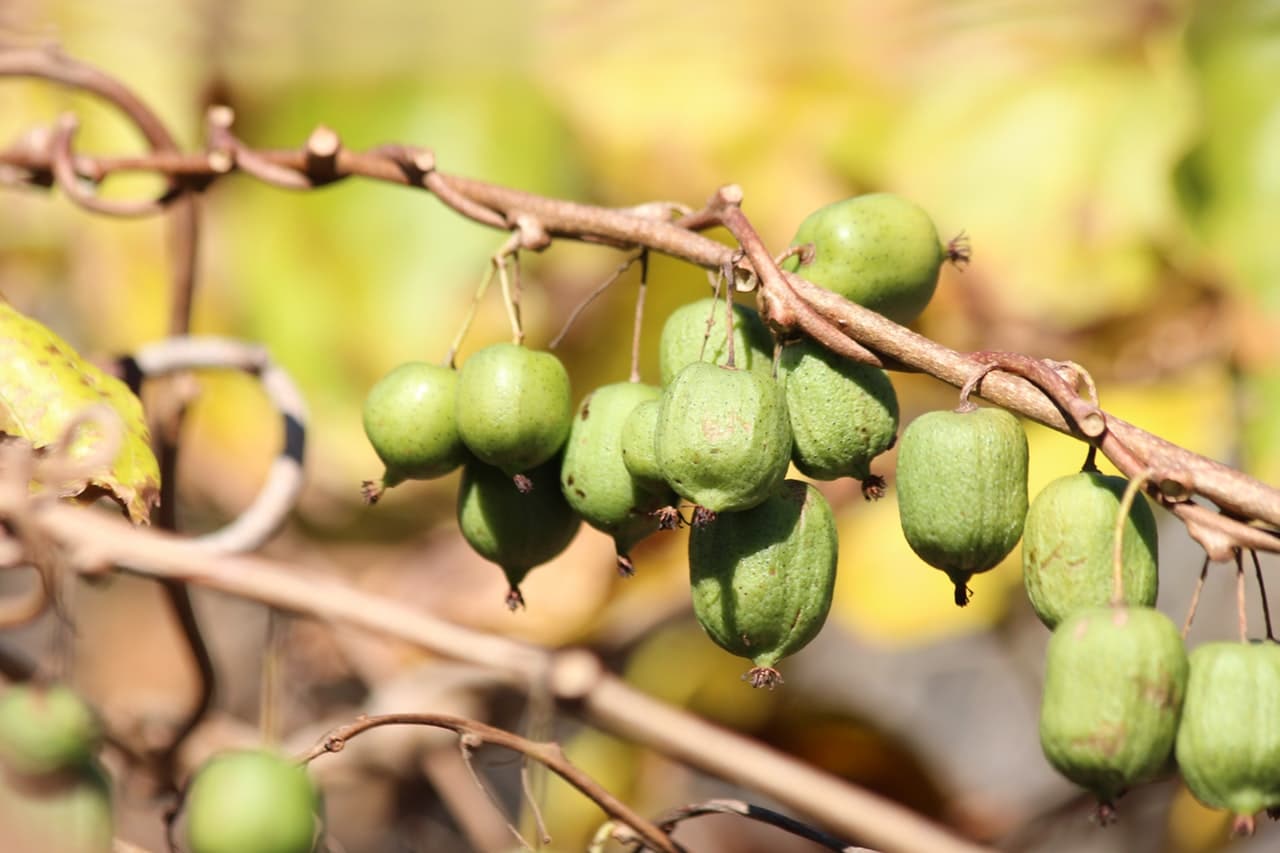
La Actinidia kolomikta is a species of climber native to Russia, Korea, Japan and China that reaches 6 meters in height. Its leaves are green, but they can also be white, pink and even red, which is why it is a very interesting plant to grow in gardens.
It is dioecious, so there are male feet and female feet. Its flowers are white, and the berries are yellow, oval in shape and about 3 centimeters long.
Buy seeds from here.
What care do Actinidia need?
If you dare to grow a specimen in your garden or patio, we recommend taking care of it as follows:
Location
They are plants that must be outside, preferably in full sun although they tolerate a bit of shade. Likewise, it must be taken into account that, although its roots are not invasive, they must be planted at a distance of at least 2 meters between an Actinidia and any other plant, especially if the latter is tall; If not, you will use it as a climbing aid and could end up causing problems by 'dimming' the leaves.
Earth
- Flower pot: it is advisable to fill it with mulch, or with a special substrate for urban garden (for sale here).
- Garden or orchard: the land must be rich in organic matter and well drained.
Irrigation
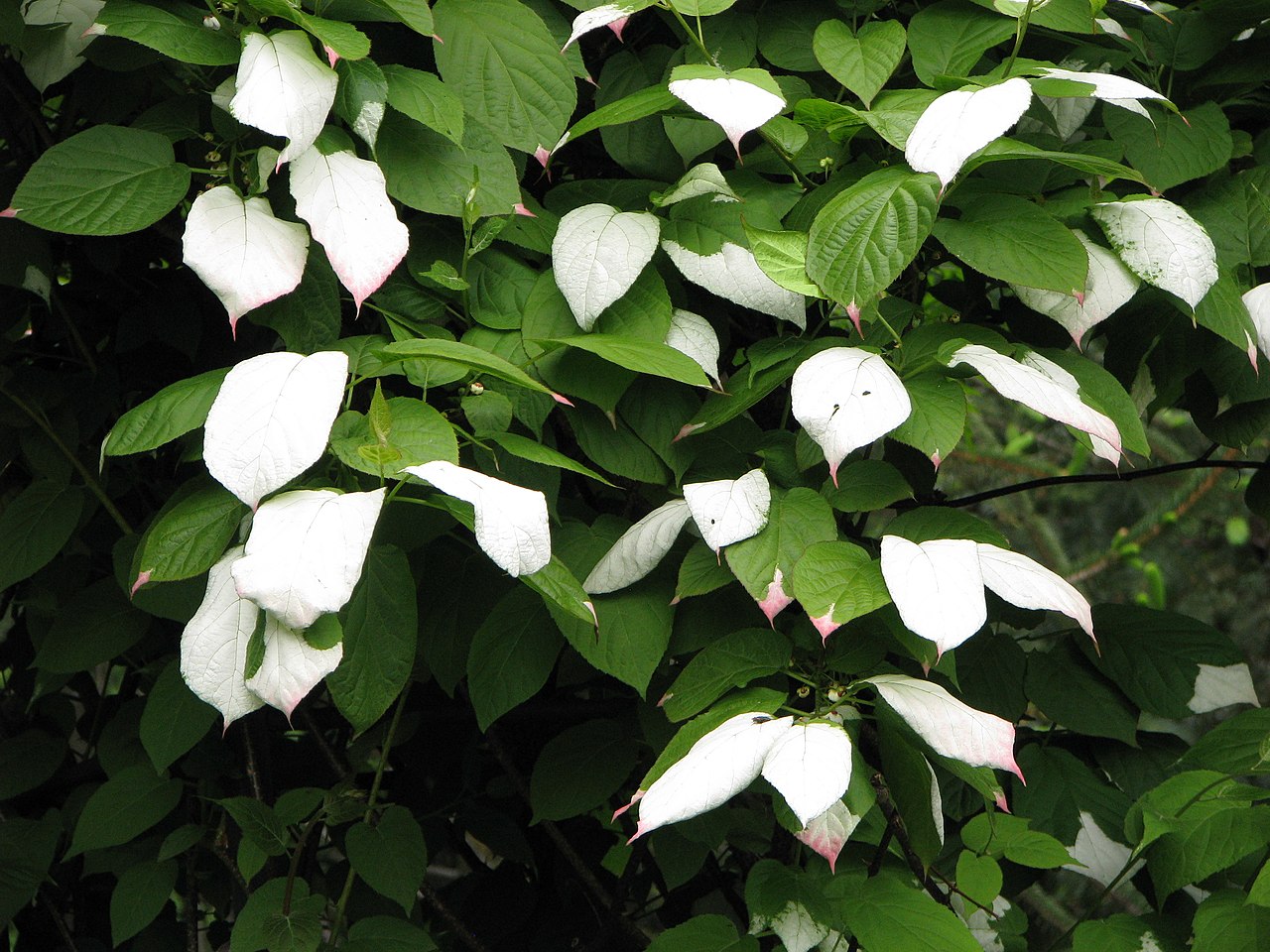
Image - Wikimedia / Agnieszka Kwiecień, Nova
Watering must be frequent. During the summer it will be watered an average of 3-4 times a week, and the rest of the year an average of 2 weekly. However, if in doubt, check the moisture in the soil by inserting a thin wooden stick or digging a bit with your fingers.
If you have it in a pot, do not put a plate under it unless you always remember to remove any excess water after you have watered it.
Subscriber
From early spring to after summer It must be paid with organic fertilizers, such as mulch, compost or others.
Pruning
At the end of winter, dry, diseased, weak branches and those that are broken must be removed.. It should also be used to leave 3 side branches with about 20 buds per meter.
In summer it is necessary to carry out a cleaning pruning, cutting those branches that intersect, the withered flowers, removing some fruits, as well as the suckers that are growing.
Multiplication
The Actinidia multiply by seeds in autumn-winter sowing them in seedbeds, either by reed grafts in late winter or bud grafts in late summer.
Flower pollination
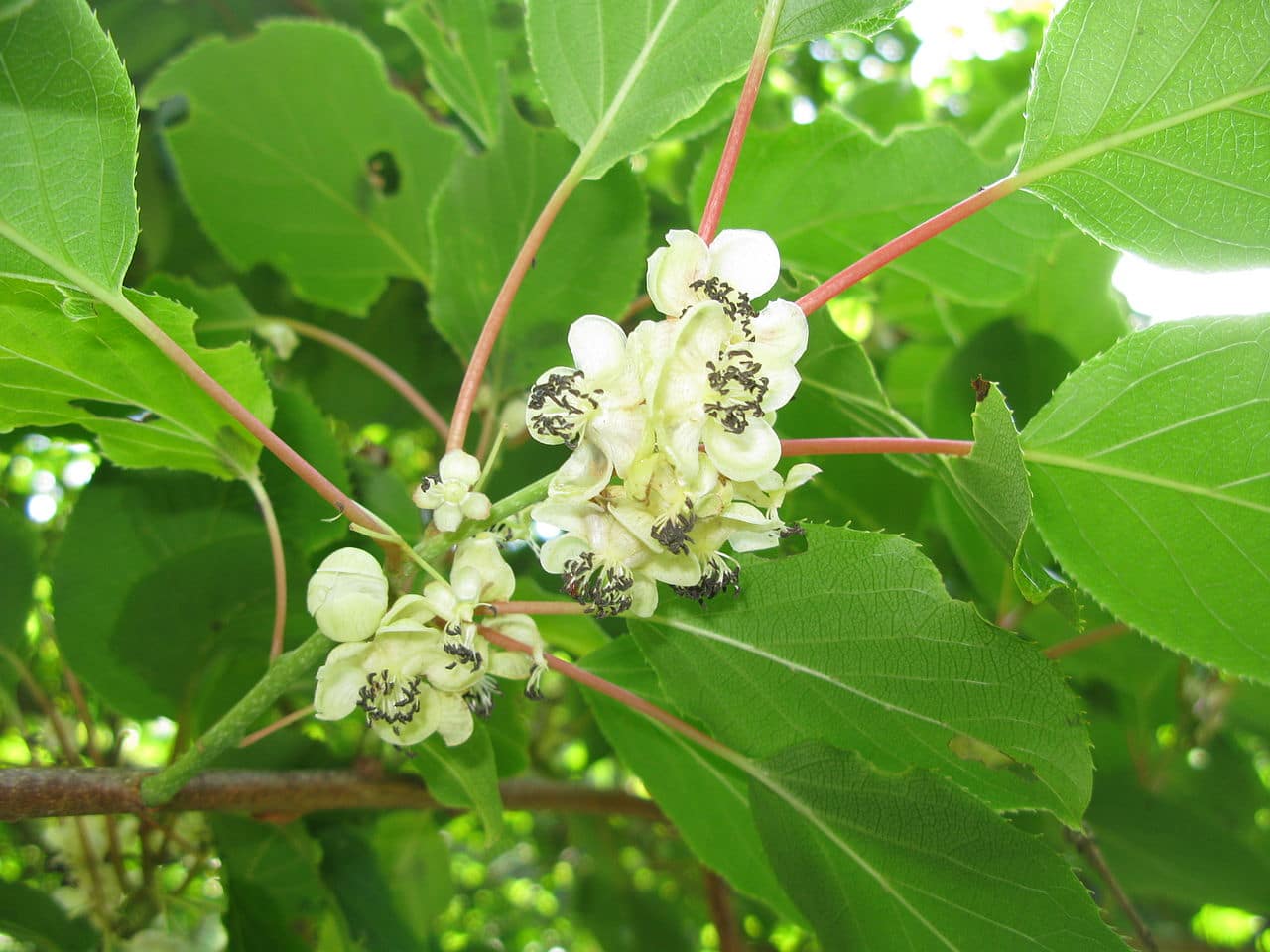
Image - Wikimedia / Qwert1234
To get your plant to bear fruit, if it is NOT grafted You must plant a male specimen and near it seven female ones. In this way, pollinating insects such as bees will have it easier to pollinate your flowers.
Harvest
Kiwis are harvested in early autumn, when they have reached the final size and feel a little soft when pressed lightly.
Rusticity
In general, all resist frosts of up to -7ºC, except the Actinidia arguta that holds up to -18ºC.
What are Actinidia used for?
Actinidia have several uses:
- Ornamental: they are very decorative plants, ideal for growing in pots or lattice gardens. They can provide a very nice shade.
- Culinary: the berries they produce are edible in various species. These are usually consumed as a dessert, whether fresh, in cakes, or as a drink.
- Medicinal: Kiwis are recommended to be consumed to avoid and / or stop constipation, as well as to improve the immune system.
What do you think? Do you have a copy?
I have a neighbor who is bothered by my actinidia because according to him, the plant gives off a very bad smell during the summer. He wants me to cut it, but I'm not quite sure.
Hello Eduardo.
The flowers of these plants are aromatic and bloom in spring and early summer, but they are not unpleasant in principle.
Anyway, if it's your plant and it's on your land, you can do whatever you want with it. Another thing would be for one of its branches to invade your neighbor's land; in that case he could cut that branch.
Greetings.